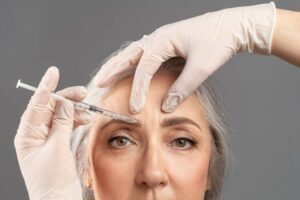
Minimizing Risks in Forehead Botox® Procedures
Reduce complications in forehead Botox®: key anatomy, safe injection zones, conservative dosing, avoiding brow ptosis, aftercare, and 2‑week follow‑up tips.
All 2026 dates on sale. Register before December 31!
Botox® has become a household name in the world of non-surgical cosmetic treatments, widely recognized for its remarkable ability to reduce the appearance of wrinkles and fine lines, offering a more youthful look.
With decades of clinical use and millions of satisfied patients around the globe, Botox® has firmly established itself as a go-to treatment for those seeking a non-invasive solution to aging skin. Its reputation for delivering consistent, natural-looking results has helped it maintain its status as one of the most popular cosmetic procedures available today.
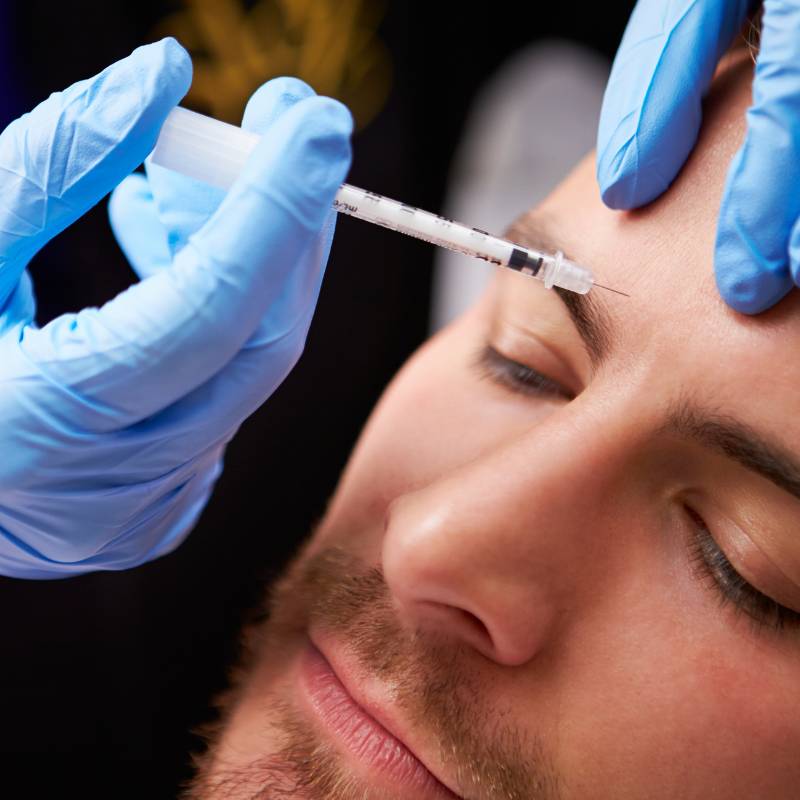
One of the key reasons behind the widespread acceptance of Botox® is its proven track record. The use of Botox® in medical and aesthetic practices dates back several decades, with countless patients benefiting from its effects.
The safety of Botox® is further reinforced by the extensive research and continuous monitoring of its effects. Regulatory agencies closely monitor the manufacturing processes, quality control, and safety protocols associated with Botox® to ensure consistent standards are met. This commitment to safety has contributed to the long-standing reputation of Botox® as a reliable and trusted treatment option.
It is not uncommon for some individuals to experience bruising after receiving Botox® injections. Bruising occurs when blood vessels are disrupted during the injection process, leading to the leakage of blood beneath the skin’s surface. While bruising is generally temporary and resolves on its own, it can be a source of concern for patients. Factors such as the injector’s technique, the location of the injection, and individual factors like skin sensitivity can influence the likelihood and severity of bruising.
Learn to Start a Profitable Aesthetics Practice in Just 4-Days!
February 13-16
in sunny Scottsdale, AZ
Start your transitioning to aesthetic medicine and learn everything you need to grow a profitable aesthetics practice in just 4-days!
February 13-16
Scottsdale, AZ
*Prices advertised are preferred member pricing. Membership is $295/yr and can be added during the registration process to access the discounted pricing.
A Botox® bruise is a localized area of discoloration that may appear after the injection. The bruise can vary in size, color, and duration, depending on individual factors. It is important to remember that bruising is a common side effect of injections and does not necessarily indicate any complications or problems with the Botox® treatment itself. However, if you have concerns about the severity or duration of a Botox® bruise, it is best to consult with your healthcare provider for an evaluation.
Bruising around the eyes is a common area of concern for individuals receiving Botox® injections in that area. The skin around the eyes is delicate and can be more prone to bruising. To minimize the risk of bruising, your injector may employ gentle injection techniques and apply pressure after the injection to help prevent blood vessel disruption. However, bruising can still occur in some cases. If you experience bruising around the eyes, it is essential to follow post-treatment care instructions and avoid activities that may worsen the bruising, such as rubbing or touching the area.
Sign up today and expand your knowledge & skills in Botox®, Fillers, Lasers,
Chemical Peels, Microdermabrasion and PRP for Aesthetics!

Reduce complications in forehead Botox®: key anatomy, safe injection zones, conservative dosing, avoiding brow ptosis, aftercare, and 2‑week follow‑up tips.
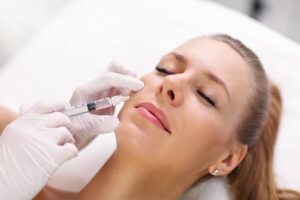
Handle Botox® patient reviews professionally: HIPAA‑safe responses, timelines, escalation & documentation, turning feedback into improvements & loyalty.
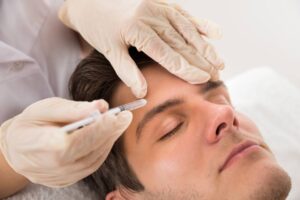
Learn the most common Botox® complications versus expected effects: bruising, headache, ptosis, asymmetry. Prevention, management, and know when to seek care.
Attend the most comprehensive accredited AMA PRA CAT 1 CME Botox® training weekend, learn how to create a profitable practice with the top 5 most lucrative non-invasive treatments.
Add-on GLP-1 agonists for weight loss and/or business for 4-days of comprehensive, fun CME-accredited training like none other!
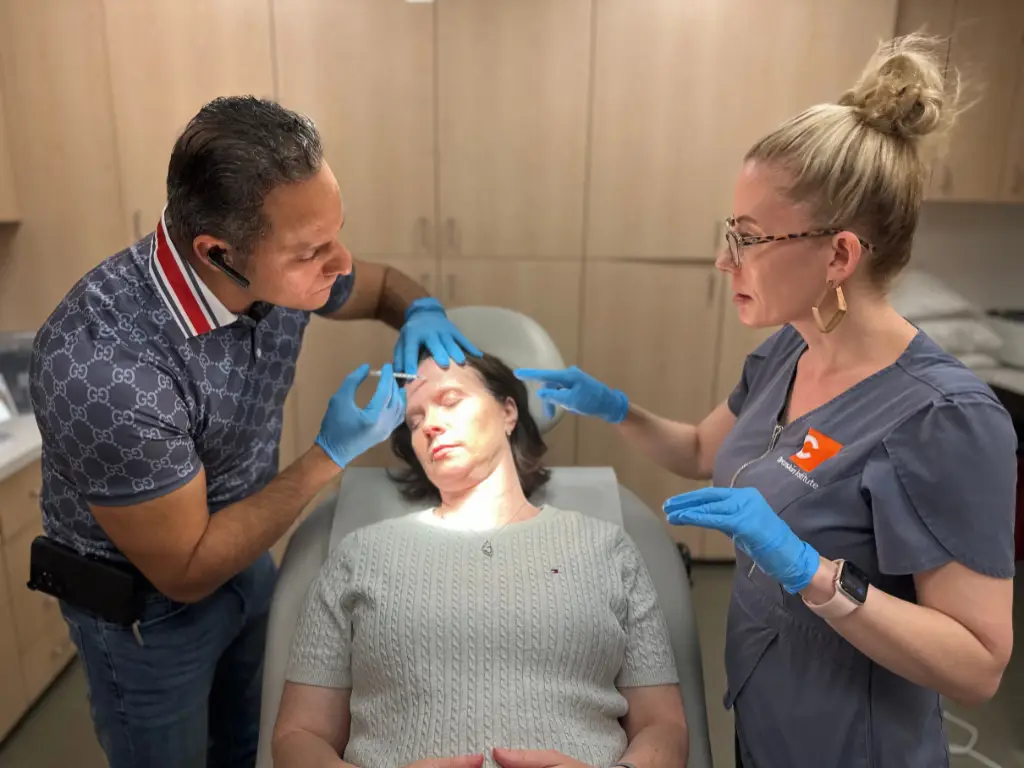
Hands-on Botox® injection training is done in a clean multi-million dollar medspa, NOT in a hotel. We provide live models and product, you show up and enjoy the weekend with our expert instructors!
Scottsdale, Arizona
Save $3,605 when you become an IAPAM member and register to attend all 4-days!
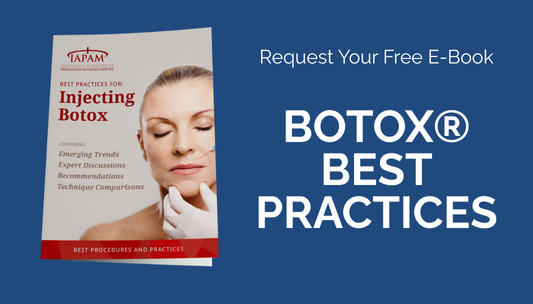
Contains: Emerging trends, expert discussions, recommendations, technique comparisons… and more!
Please double check your spam/junk folder after form submission for your download link. By submitting your request you agree to receive educational and promotional emails from IAPAM. You may unsubscribe at any time.